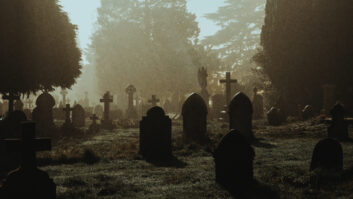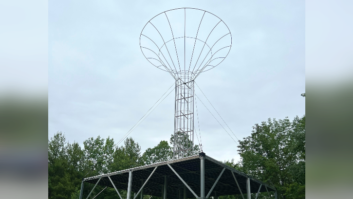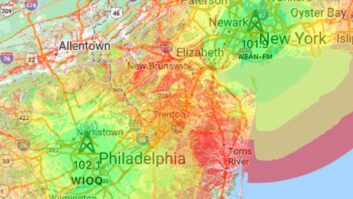As a broadcast engineer, the interference problems that could arise from this have me deeply concerned!
My observation is that anything greater than a 3 dB increase in IBOC power will not only cause problems for other broadcasters on first-adjacent and co-channel frequencies, but will also have a great potential for increased self-interference for stations.
I have been involved in installation of IBOC FM since the very beginning, when HD Radio was called Project Acorn and then USA Digital Radio. I still install and maintain HD Radio systems today for a number of stations. As someone who has been there and done that since the early days, I can tell you, this IBOC power increase is a big mistake.
My reasoning:
It’s currently difficult enough to get spectrally clean IBOC power at the present power level (1 percent of main channel power) with a common antenna. To increase this power by 6 dB, most stations will be forced to resort to using separate antennas for the main and IBOC carriers. Since the two antennas will almost certainly have considerably different radiation patterns, the power ratios out in the field will be way out of whack, just about all the time … sometimes favoring the analog, and sometimes favoring the IBOC.
I’ve already personally measured stations using separate antennas, where the IBOC power is equal to, or even greater than the analog carriers in some locations. This causes a great deal of self-interference to the host station! Even the best radios cannot perform in these cases, so they just blast out loud noise bursts while traveling these parts of the coverage area.
The other issue is interference to stations on first-adjacent frequencies … 200 kHz away. There are already atmospheric conditions that cause frequent interference between first-adjacent stations from the IBOC carriers at the 1 percent power level, especially at this time of the year, as I write, when the “Sporadic E” is causing FM stations’ signals to travel a good deal farther than expected.
I’ve already had situations where a local, non-IBOC station’s signal is quite listenable, but an HD Radio-equipped radio will be taken over by a co-channel (same frequency) station that is running HD Radio from a hundred miles away!
This will force listeners with HD Radios to lock them in analog mode, something some of the new radios are not even capable of, even if the clueless consumer would have any idea how to do it in the first place.
The radio has no idea that the IBOC carriers are not in any way connected with the analog station the consumer is trying to listen to. This is a basic, fundamental flaw in the HD Radio system that will cause all kinds of grief in the future if IBOC power levels are increased, and the radios are in greater circulation.
Cost is another issue. Smaller-market stations (mostly) cannot afford to make the conversion to HD Radio now, at the 1 percent power level. Pushing this power up even further will only increase the cost, making it permanently beyond reach for many.
The only winners in this game will be the larger group-owned, larger-market stations who can afford this. Smaller-market (mostly independent) stations will pay a dear price nonetheless, with considerably increased interference. Many of these smaller-market stations are just barely getting by now, or are losing money.
The rich get richer, and the smaller stations go bankrupt.
We all know that money talks, and everything else gets swept out the door at the FCC lately, so I can only guess how this will go, unless there’s huge outcry … which is unlikely, because it’s just too technical an issue.
To avoid turning the FM band into a wall of noise and interference, I still strongly suggest opposition to this proposed increase in IBOC power levels.
Dave Obergoenner
(Lifetime) SBE Certified Professional Broadcast Engineer
St. Louis







